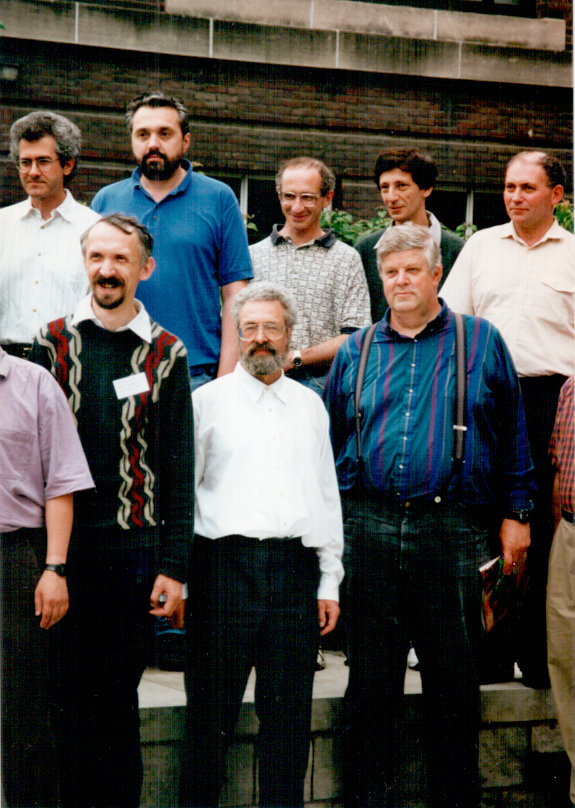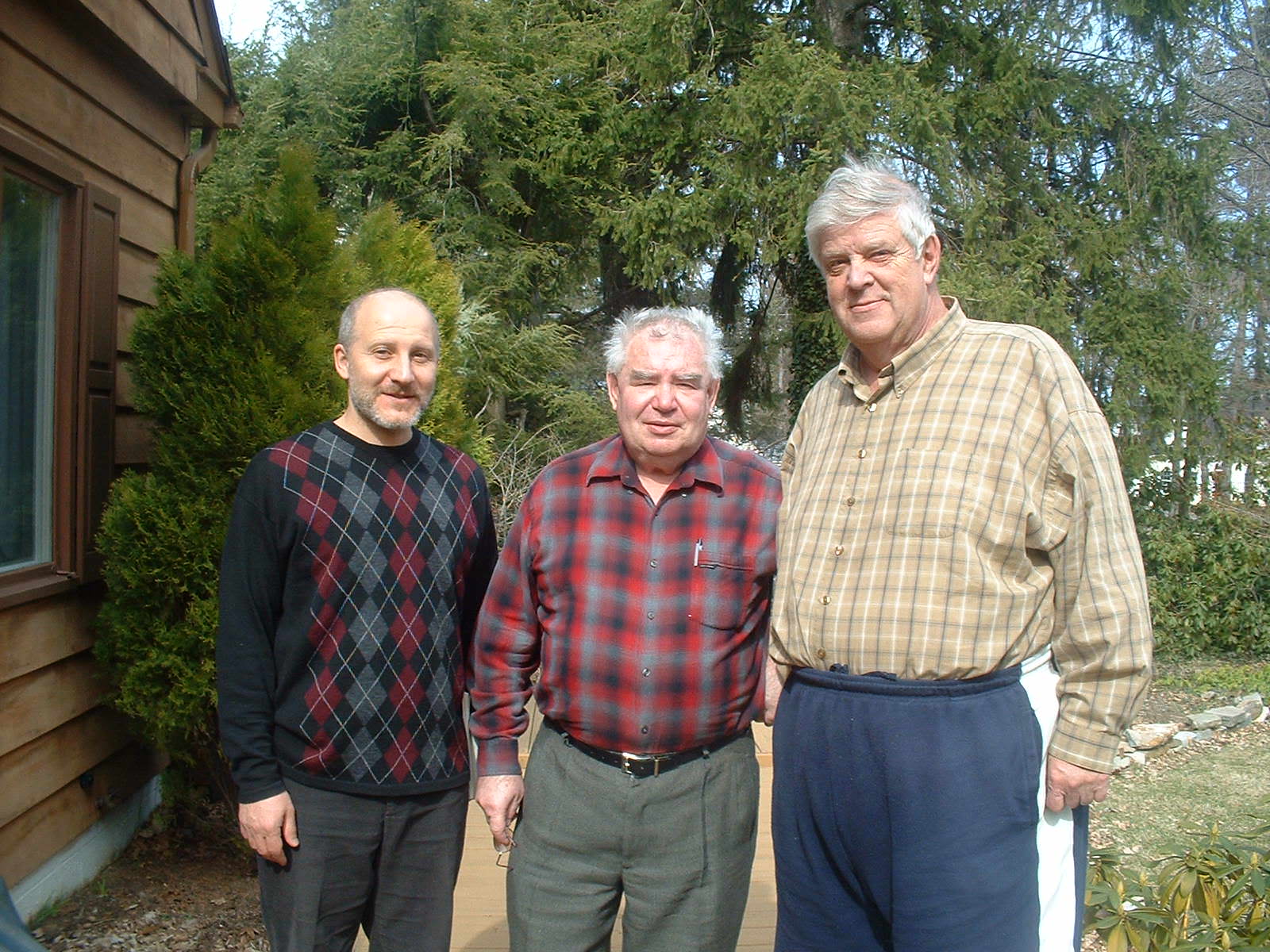by Boris Khesin, Fedor Malikov, Valentin Ovsienko and Sergei Tabachnikov

This volume of Celebratio Mathematica is devoted to Dmitry Borisovich Fuchs, an outstanding mathematician and our teacher. It comprises our interview with Fuchs of June 2020, as well as contributions from Yakov Eliashberg, Boris Feigin, Daniel Rutherford, and Victor Vassiliev, who reflected variously on their interactions with D.B. and his mathematical interests. There are many (semi-legendary) stories about Fuchs and, by way of introduction, we present a few specimen of this lore, borrowed from [e2].
We cannot resist starting with D.B. Fuchs’ own recollections of Arnold’s seminar in Moscow (see Chapter 12 of [e1]):
My role there was well established: I had to resolve any topology-related difficulty. Some of my friends said that at Arnold’s seminar I was a “cold topologist”. Certainly, a non-Russian speaker cannot understand this, so let me explain. In many Russian cities there were “cold shoemakers” in the streets who could provide an urgent repair to your footwear. They sat in their booths, usually with no heating (this is why they were “cold”), and shouted, “Heels!…Soles!….” So I appeared as if sitting in a cold booth and yelling, “Cohomology rings!…Homotopy groups!…Characteristic classes!…”

Fuchs’ topological reputation extended far beyond Arnold’s seminar. There was a famous story where a group of mathematicians, “all the best people” as Fuchs says, helped one of them, A. A. Kirillov, to move to his new apartment on the 14th floor of a 16-story building. It turned out that a huge custom-made bookcase, which would occupy the entire wall of a room, did not fit into the elevator. It had to be carried to the 14th floor via the staircase but, even more importantly, it was so large that there was a unique way of moving it through each flight of stairs, with only one way possible of turning the bookcase within the confines of the stairwell. (One of the participants was Ya. G. Sinai, who first formulated the problem as “keep this damned bookcase connected” and later “keep the number of its components not greater than two.”) Eventually, when they got to the apartment, there was a unique way to bring the bookcase into the room, with no way to turn it around or otherwise change its orientation.

Another memory: Fuchs was giving a talk at USC. At some point, he said that, for a sufficiently small epsilon, such and such held. One of the attendees, who was drowsing, suddenly woke up and asked how small this epsilon must be. Fuchs replied immediately: “one tenth of an inch.”
And once inside, it turned out that the bookcase fit the room in the only possible position, with the shelves facing the wall and the backside facing the room! The only way to fix this was to carry the case back down all 14 flights of stairs and get it back out onto the street. Then Fuchs, as the leading topologist, was given the task of finding the correct “initial conditions” in order to start the process anew. He thought about it, gave the instructions how to turn it, they did all the lifting via 14 flights of stairs up — and the bookcase indeed fit in the room perfectly!

And here is one more story told by Fuchs himself. He recalled that sometime in the 70s or 80s he was at one of A. Fomenko’s public lectures on “The New Chronology,” which was a “hot” subject at the time. At some point, when comparing time patterns related to two sequences of the Roman emperors, Fomenko said that the probability that such patterns were independent and not copied from one another was one out of a million. At this moment Fomenko tried to clarify his point: “In order to see how negligible this probability of one millionth is, just imagine that you put a kettle on a hot stove, but instead of boiling the water freezes up! This is how rare such events are!” Fuchs said that once he heard that explanation, he thought: “Hmmm…Moscow’s population is 8 million…So every morning 8 people in this city put their kettles on the stove and have the water in the kettle frozen?!”
As they write in book reviews, “if the reader liked those stories, (s)he will certainly enjoy many more anecdotes” which Fuchs shared with us in his interview for this volume.